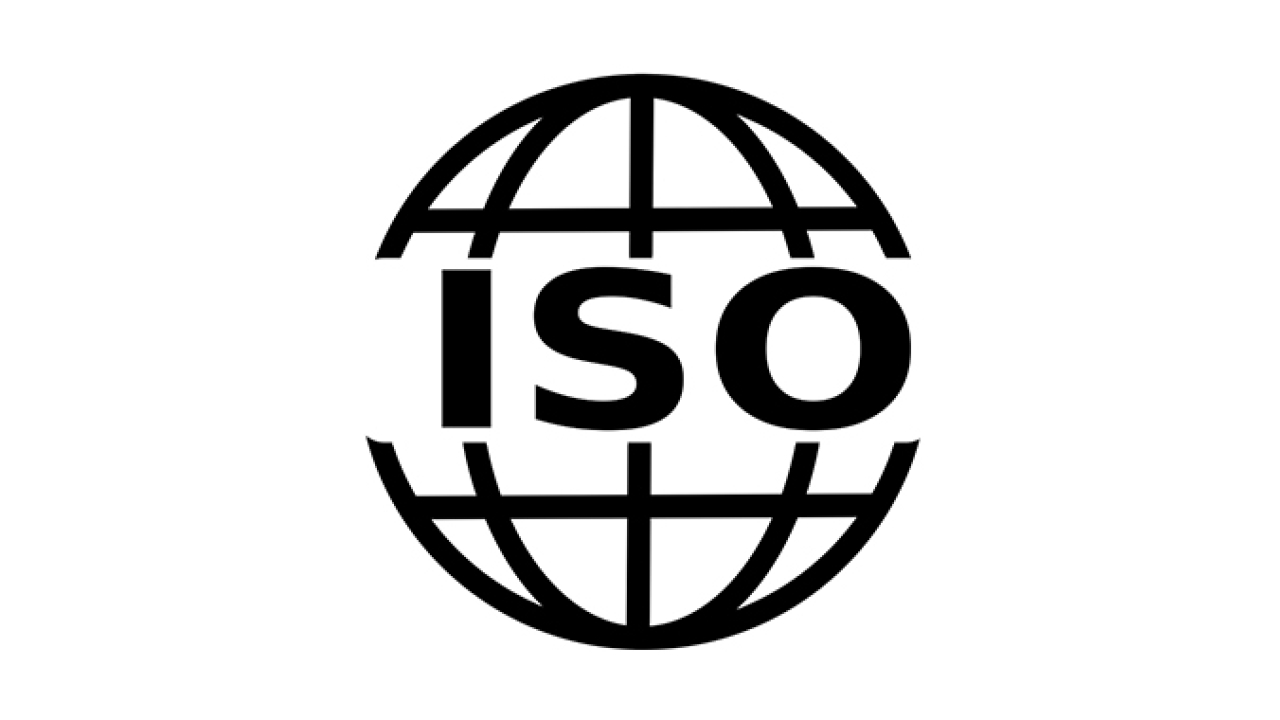ISO PDF Processing Steps backed by major players
Major players in the label and package printing industries are united behind the ISO standard for PDF Processing Steps which standardizes how technical marks are included in PDF files, to aid increased automation and reduce handling errors.

PDF Processing Steps (ISO 19593‐1) is designed for labels and packaging workflows and specifies a standard way of encoding processing steps such as die and fold lines or dimensions into a PDF file. It provides an unambiguous way of marking the technical content that’s required for the steps of a production workflow other than printing.
Prior to the formulation of this ISO standard designers could use ad hoc naming conventions and methods to describe the graphics associated with processing steps. That means that the printer often needed to examine the submitted file to identify how each spot name or layer needed to be processed, which increased manual handling time and the risk of error and of wasting material.
The new standard will allow converters to process orders without a need to analyze each file and will automate common digital press workflows, such as starting a print run with a few iterations.
‘The support for PDF processing steps has a very high value for many of Hybrid Software´s customers. It contributes substantially to the digital transformation of their conventional production workflows. It is specifically important for sheet optimization and finishing steps such as laser cutting. With the new Harlequin version 12.1 inside our Cloudflow RIP, we can now offer a complete process based on the ISO 19593-1 standard from structural design import to final output, including finishing,’ said Christopher Graf, chief marketing officer at Hybrid Software.
Lieven Plettinck of Esko, commented: ‘As the co-chair of the GWG Packaging Subcommittee, where this started, and the project leader in ISO TC130, I am glad and proud that processing steps is getting widely adopted in the industry. That is the goal we had, when all the contributors in GWG and ISO TC130, were putting time and effort into this. Esko believes this standard and its adoption is a step in the journey towards eliminating inefficiencies and errors in the packaging and labels supply chain.’
‘The Processing Steps standard has seen almost immediate uptake in the industry. That is probably because standardizing the identification of processing information such as die or fold lines, to clearly separate them from print, has come at exactly the right time to drive automation in packaging and labels, an industry that is currently developing so quickly. Automation has always been the core of our own product design. I know of printers starting to use Processing Steps - but since PDF creators supporting Processing Steps are not yet common, they’re adding the Processing Steps using our tools, deriving the metadata e.g. from a set of possible spot color names and normalizing the PDFs for full automation using Processing Steps. The standard definitely has potential not only to enable further automation in packaging and label, and we will keep our eyes open to identify potential use cases in other industries as well,’ added Dietrich von Seggern, managing director of Callas Software.
Global Graphics Software’s CTO, Martin Bailey, and a UK expert to the ISO committee says: ‘The PDF Processing Steps standard is an excellent example of a really useful contribution to industry efficiency being proposed to the ISO committee working on standards for the graphic arts. In that committee we were able to build on our experience in ensuring that the final text is unambiguous and addresses the identified need.’
Stay up to date
Subscribe to the free Label News newsletter and receive the latest content every week. We'll never share your email address.

